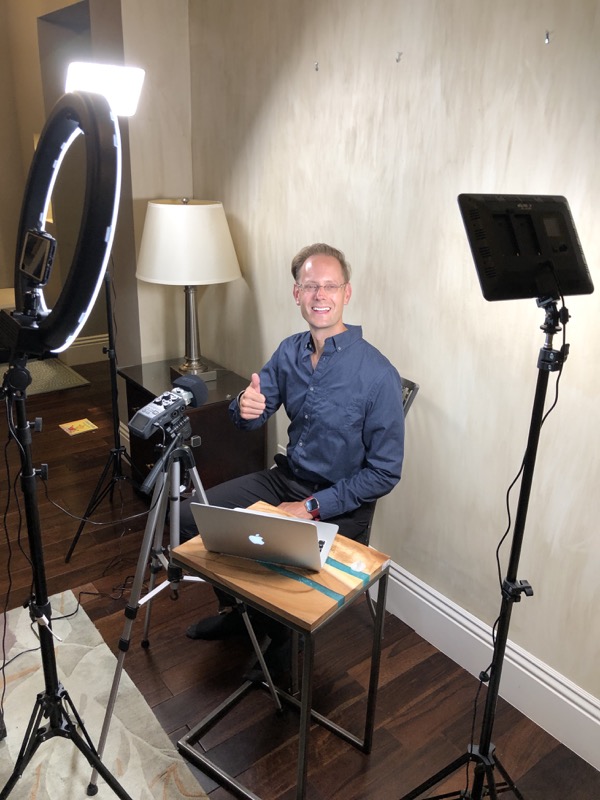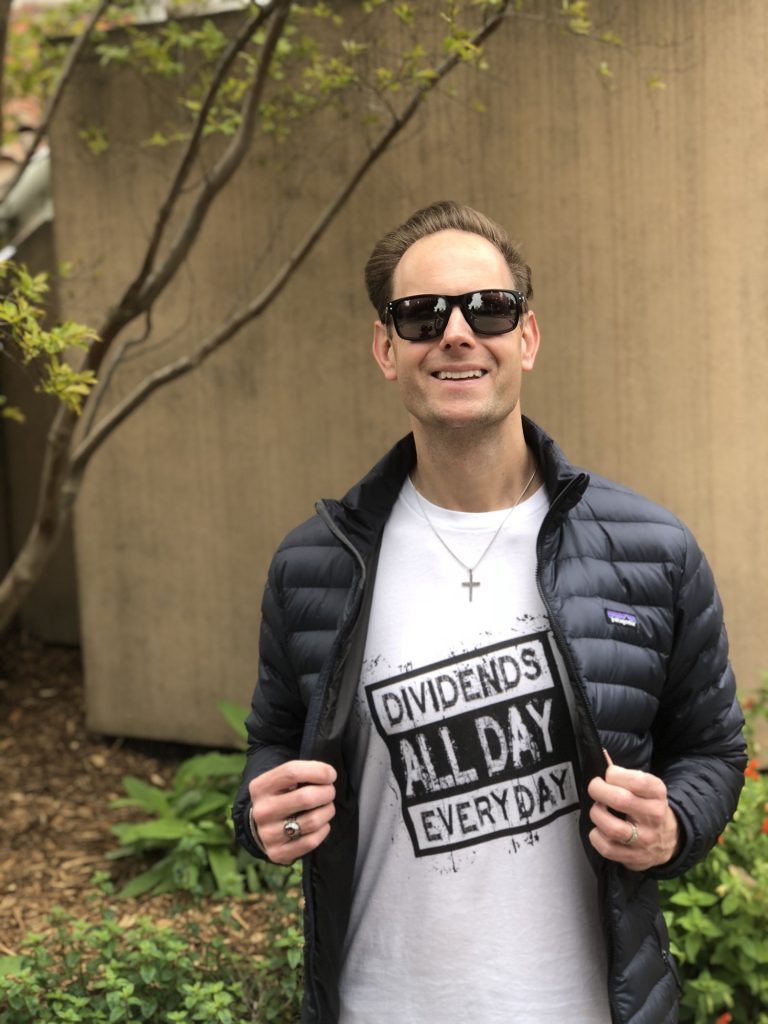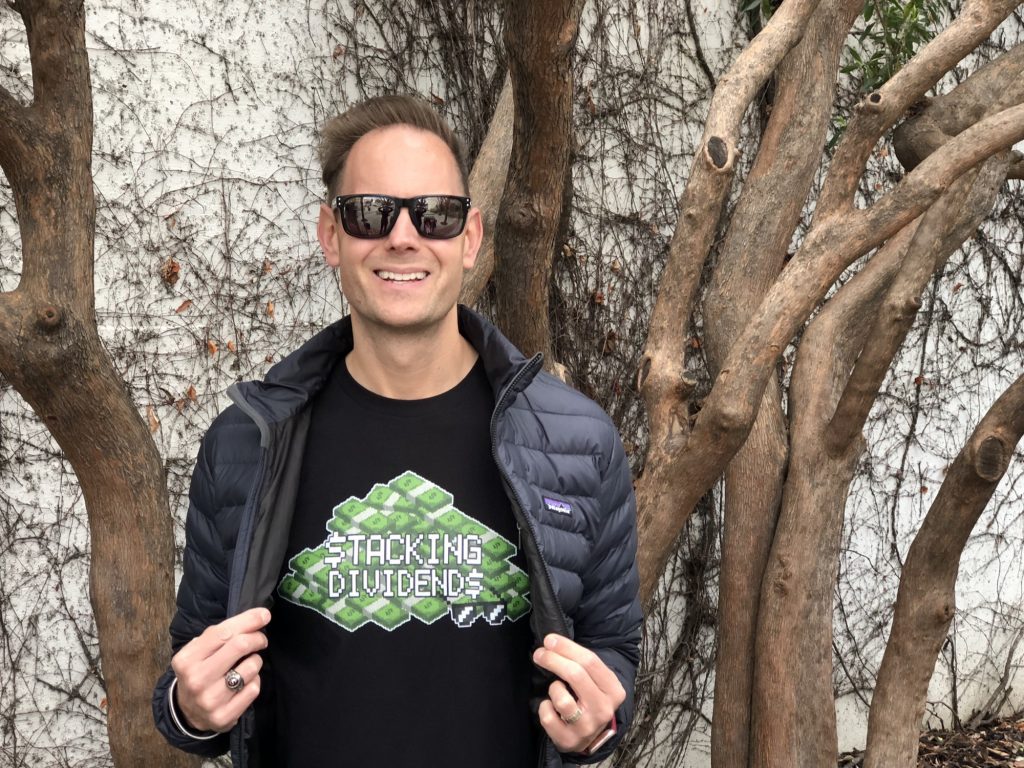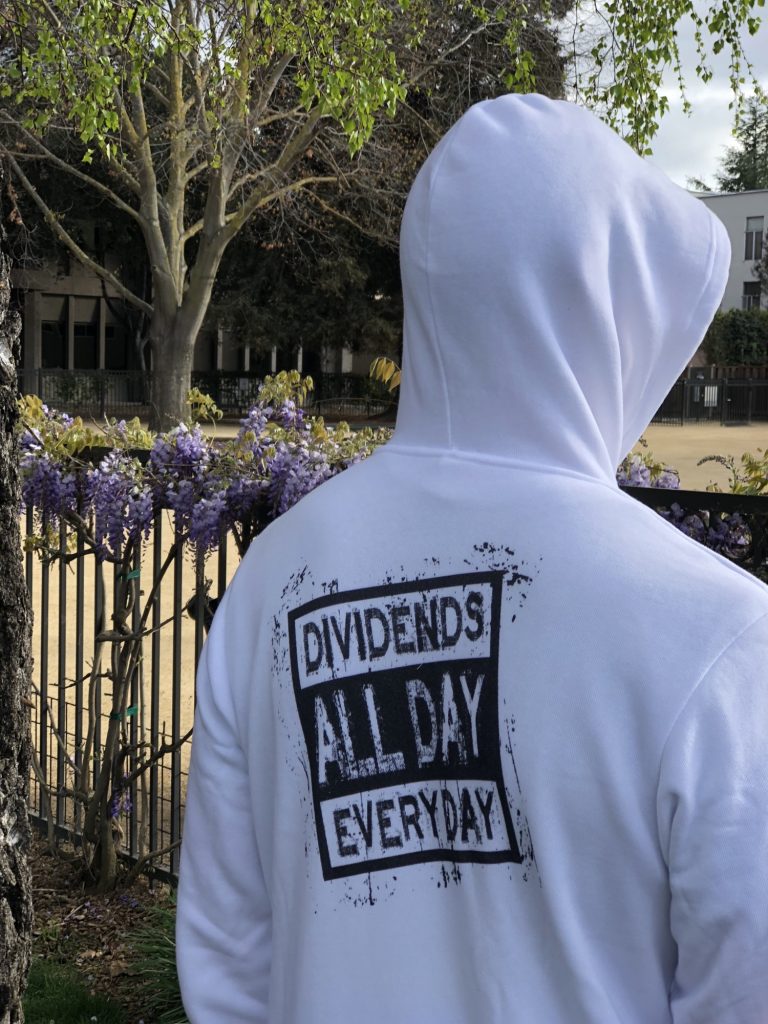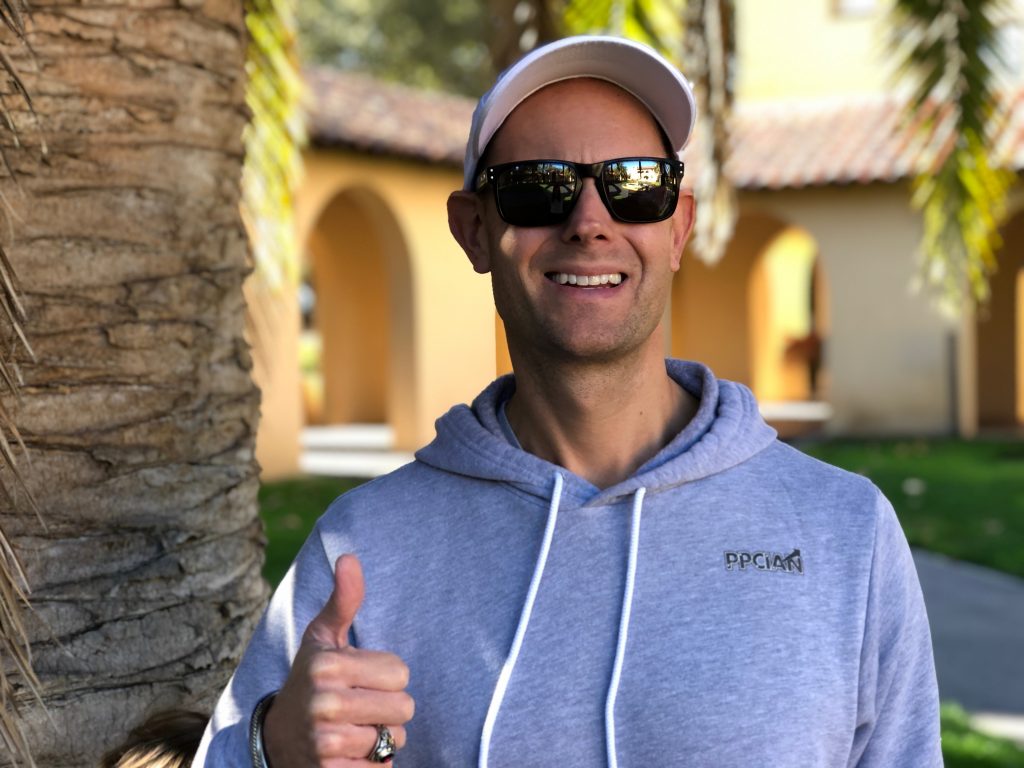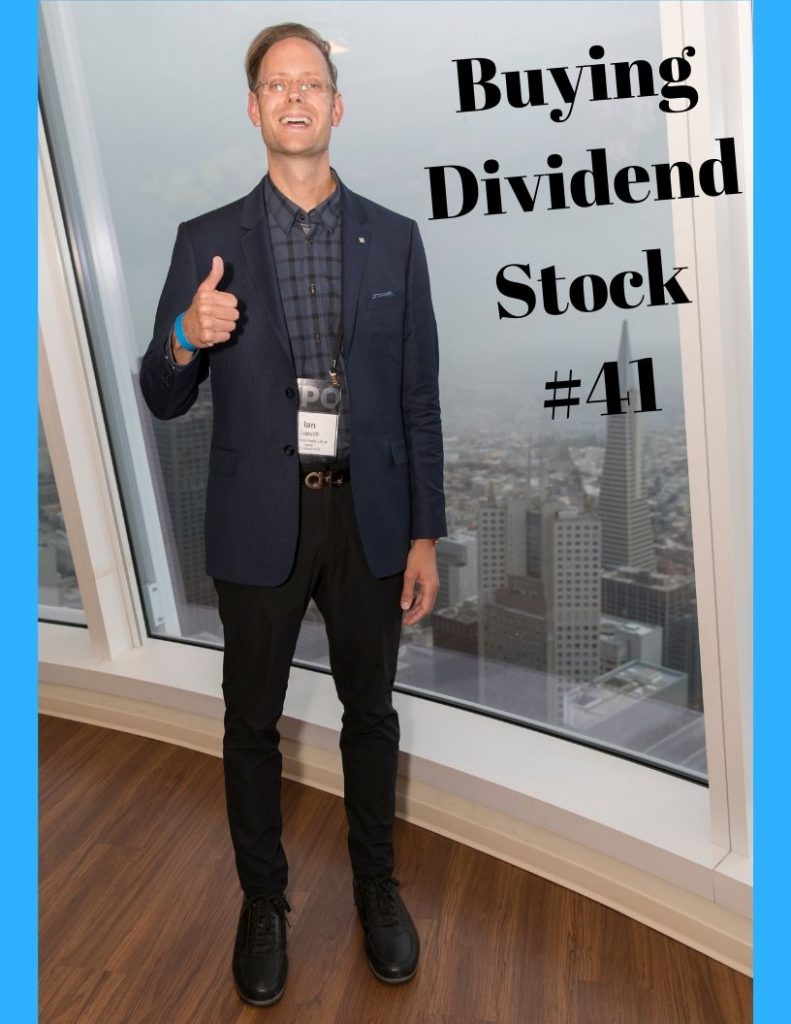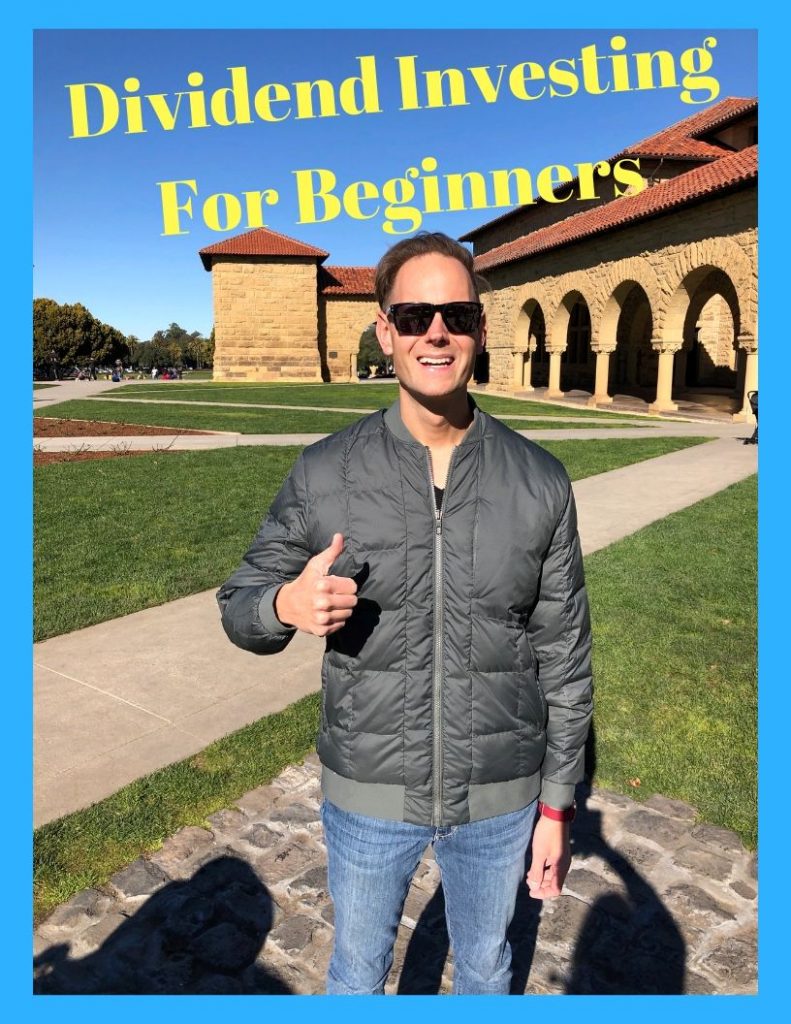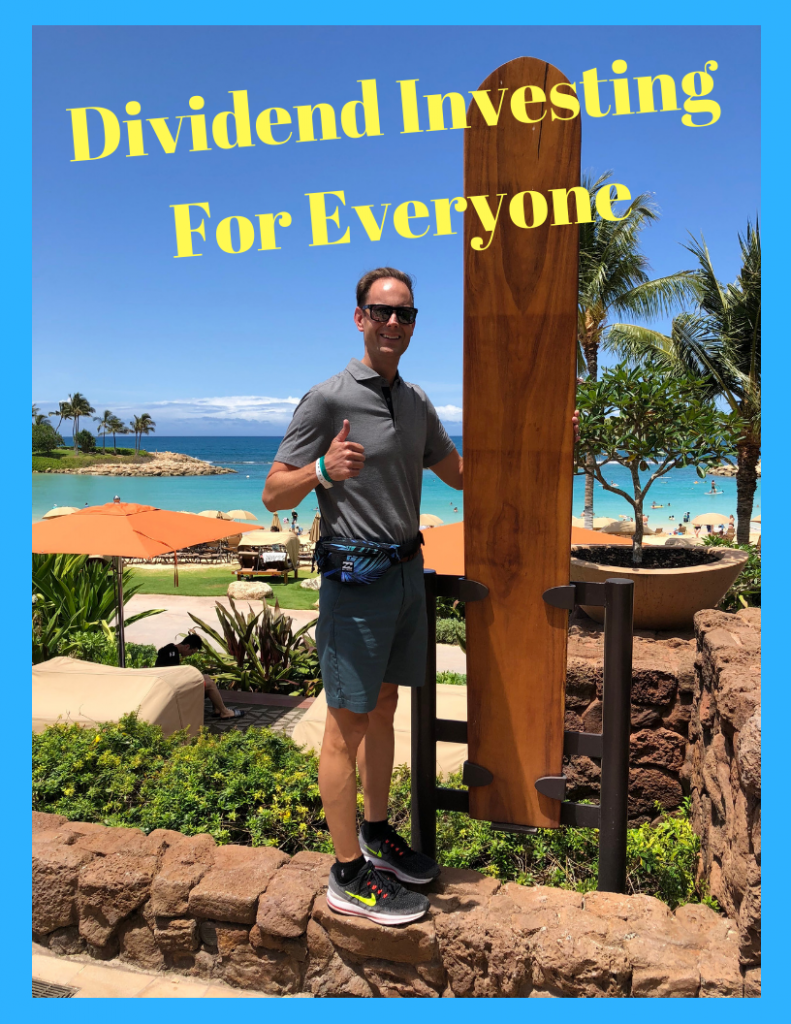From time-to-time, I enjoy adding new positions to my portfolio. I own over 50 dividend stocks, but I keep finding great companies that I want to own. While in an ideal world my portfolio would contain fewer than 30 positions, I have come to terms that my portfolio will probably end up having 60 or more positions.
The way I’m managing this “over diversification” is via smart, core-heavy allocation. Right now, my top 15 positions comprise about 65% of my portfolio by value. And, my top 20 positions comprise a huge 75%. Moreover, I am pushing hard to grow both of these figures. So, I get the best of both worlds. I have a core-focused portfolio while also enjoying the fun (and encouragement) of owning more positions. All stocks are members on my team, they all play a role in my financial freedom.
Lately, I had fun looking at a few ancillary positions. (I guess I got a little distracted, which is ok.) I happened across two companies, Marriott Vacations Worldwide (VAC) and Hapag-Lloyd (HPGLY). I published YouTube videos on both (you can watch them below).
Marriott Vacations Worldwide (VAC) – I Bought It!
Over on Patreon, I share all of my stock trades. So, my Patrons already know that I initiated a position in Marriott Vacations Worldwide (VAC). To my surprise, this position was met by a lot of skepticism from the dividend investing community. (Just check out the comments on my VAC Stock Review Video!) Ultimately, I decided to buy the stock because I trust in my own analysis and extensive first-hand experience with the product. I appreciate healthy debate and skepticism because it helps me test my own thesis. Do I really have conviction in my selection? In this case, I concluded “absolutely yes”. Of course, this is a smaller position in my portfolio, one that carries lots of volatility as it’s in the travel industry which can be cyclical and highly dependent on the overall economy. For me, this is more of a “fun” position.
Hapag-Lloyd (HPGLY) – I Skipped It!
The second new stock I analyzed recently was Hapag-Lloyd (HPGLY), a German container shipping company. All of the metrics look great and a I see a true growth story here over long periods of time. Make sure to watch my video for all the reasons I like this company.
Ultimately, I decided to add this position to my watchlist instead of buying for a few reasons. First, I concluded that it’s time to refocus on core stocks. I can only get distracted with fun, ancillary positions for so long before I refocus on my core objectives. I let myself get distracted, but I cannot lose focus of the core positions that drive the overall portfolio.
Second, I found something funny. The US-based ADR (American Depository Receipt) that is HPGLY has such thin volume that the stock price does not seem to be adjusting to the German shares in real time. (Could be arbitrage opportunities there for a stock trader, but that’s not my personal focus.) With the USD and Euro trading at parity, HPGLY theoretically should always be half the price of HLAG.DE, but that is not always the case (although it is the case right now, as I write this). Basically, even though I never sell, this one may be too thinly traded even for me.
Third, I took the feedback from my German-based subscribers to heart. They suggested some other German companies that may provide even better investments. They suggested I also wait for a cyclical bottom in the container shipping industry. I agreed with the feedback. In this case, I just found I don’t have the conviction that I did with VAC. So, I took the same money and bought more shares of PepsiCo (PEP) instead, although my Patrons already know that!
Having A Solid Watchlist
So, where does this leave me? VAC is a new position. If it trends down more, I may add more. That being said, I really am now back onto core stocks like PEP. HPGLY is on my watchlist along with other amazing companies like WDFC. Eventually, I may pick up shares of companies on my watchlist, but I will only do so in the event of a total stock collapse (deep bargain hunting). Nothing wrong with having a pre-vetted list of great stock selections, should they ever go on sale.
How about you? Do you have stocks you analyze that become “close contenders” but don’t quite make it to your portfolio? Do you like having a watchlist? Do you sometimes buy companies that others don’t necessarily like (as I did in the case of VAC)? Please share in the comments below. And, please make sure to check out my YouTube Channel for more!
DISCLOSURE: I am long Marriott Vacations Worldwide (VAC) and PepsiCo (PEP). I own these stocks in my personal dividend stock portfolio.
DISCLAIMER: All information and data on my YouTube Channel, blog, email newsletters, white papers, Excel files, and other materials is solely for informational purposes. I make no representations as to the accuracy, completeness, suitability or validity of any information. I will not be liable for any errors, omissions, losses, injuries or damages arising from its display or use. All information is provided AS IS with no warranties, and confers no rights. I will not be responsible for the accuracy of material that is linked on this site.
Because the information herein is based on my personal opinion and experience, it should not be considered professional financial investment advice or tax advice. The ideas and strategies that I provide should never be used without first assessing your own personal/financial situation, or without consulting a financial and/or tax professional. My thoughts and opinions may also change from time to time as I acquire more knowledge. These are, as discussed above, solely my thoughts and opinions. I reserve the right to delete any comments for any reason (abusive in nature, contain profanity, etc.). Your continued reading/use of my YouTube Channel, blog, email newsletters, whitepapers, Excel files, and other materials constitutes your agreement with and acceptance of this disclaimer.
COPYRIGHT: All PPC Ian videos, Excel files, guides, and other content are (c) Copyright IJL Productions LLC. PPC Ian is a registered trademark ™ of IJL Productions LLC.

